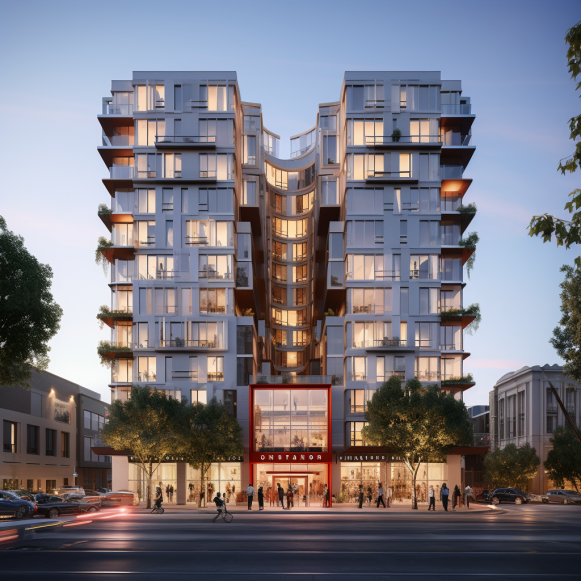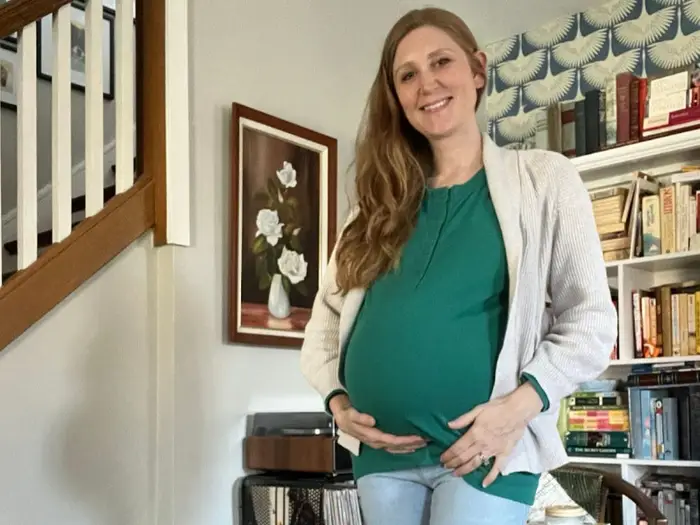Housing revamps of offices, shops, hotels widen in San Jose, East Bay

Tricky economy after the coronavirus prompts housing conversions
SAN JOSE, Calif. — In a trend that could dramatically alter downtown San Jose, low demand for office and retail space, exacerbated by the Bay Area’s shaky hotel sector, has prompted more building owners to consider converting their commercial properties to housing.
Owners of office towers and hotel high-rises are considering wholesale conversions in some cases. Others are interested in living in what was originally intended to be ground-floor retail space. These initiatives come at a time when the region is dealing with a persistent housing crisis and downtowns are struggling to recover from the coronavirus pandemic, which has created a hostile environment for commercial real estate.
“It’s an economic necessity,” said Nick Goddard, senior vice president at commercial real estate firm Colliers. “Housing is in high demand, but office space is in short supply.” It makes sense if the conversion can be done at a reasonable cost.”
Some of the most recent initiatives have emerged on the western outskirts of downtown San Jose, near the SAP Center and the Diridon train station, with proposals to convert retail spaces into housing in two existing residential buildings.
Currently, “it’s very difficult to lease retail space that’s on the ground floor of a residential building,” said David Taxin, a partner with commercial real estate firm Meacham Oppenheimer.
The list of buildings undergoing or in the process of conversion to housing is growing:
Around 26,500 square feet of ground-floor retail space in the 249-unit Hanover Diridon apartment building at 717 West Julian Street is slated to be converted to 19 residential units. The development plan for the corner of West Julian Street and Stockton Avenue has been approved by city officials.
A timetable for converting the commercial space was not immediately available, and the project plans did not specify the size of the converted housing units.
Vespaio is a seven-story mixed-use building at 130 Stockton Ave. with 162 residential units and 32,600 square feet of commercial space, some of which is leased. Much of the building’s office and retail space could be converted into 13 residential units, including live-work spaces.
The Bank of Italy tower, located at 12 South First Street, has been an office building for decades but could be converted to residences in the future. According to a source with direct knowledge of the situation, that plan is still in the works.
The old Bank of the West office tower at 2 West Santa Clara Street is being considered for a variety of uses. There are 65 apartments proposed, a co-living option with 73 residential units, and a “micro-hotel” with 147 rooms. Ground-floor retail would be included in all of these scenarios.
And the southern tower of the Signia Hilton hotel at 170 South Market Street, formerly the Fairmont, could be sold and converted into student housing. San Jose State University is close by.
The owner of the Bishop Ranch complex in San Ramon has proposed a dramatic transformation of the Chevron office campus in the East Bay. Sunset Development proposes replacing the sprawling office park with 2,250 homes, including apartments, condominiums, and for-sale houses, as well as mixed-use retail and entertainment spaces.
Property owners in large American cities have faced increasingly difficult obstacles in their efforts to attract retail and office tenants since the coronavirus outbreak in March 2020, and the resulting business shutdowns and economic challenges.
Downtowns in the Bay Area’s three largest cities are all suffering. Residents are abandoning our downtowns, according to a large new poll sponsored by the Bay Area News Group and Joint Venture Silicon Valley. A whopping 80% thought the region’s three major downtowns in San Francisco, San Jose, and Oakland were in extremely or very bad shape.
San Francisco’s economic woes are particularly acute, as the city has struggled to attract visitors and has seen an exodus of retailers and office tenants, triggering an economic “doom loop.”
More housing units in downtown San Jose could boost economic activity in the city’s core.
“A building full of residents is better for both the owner and the downtown than an office building that has nothing,” he said. “More housing can add to downtown vibrancy.”
According to experts, if no conversion efforts are made, the ground-floor spaces may remain vacant for an extended period of time.
“There is a lot of empty commercial space available anyway in downtown San Jose and it could take some time to fill that,” said Taxin. “We don’t need more vacant and blighted storefronts downtown.”





